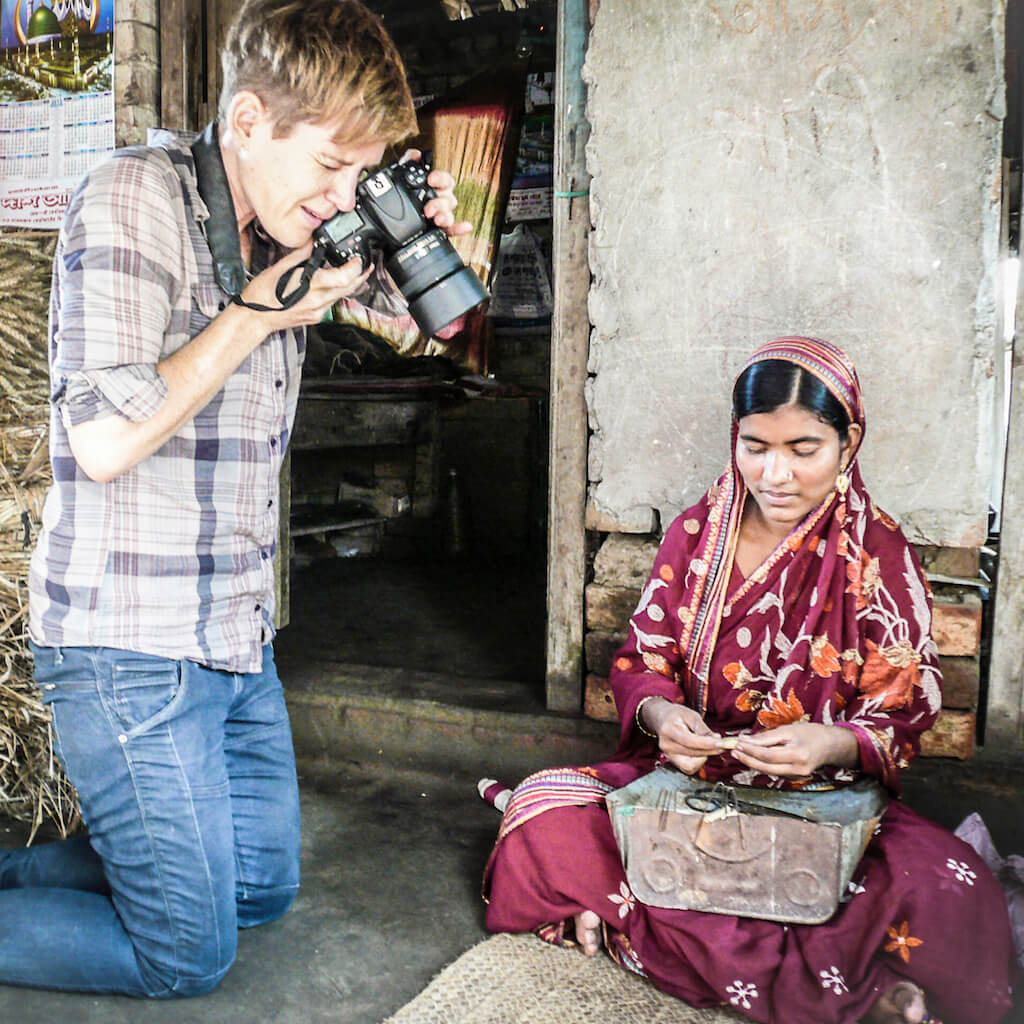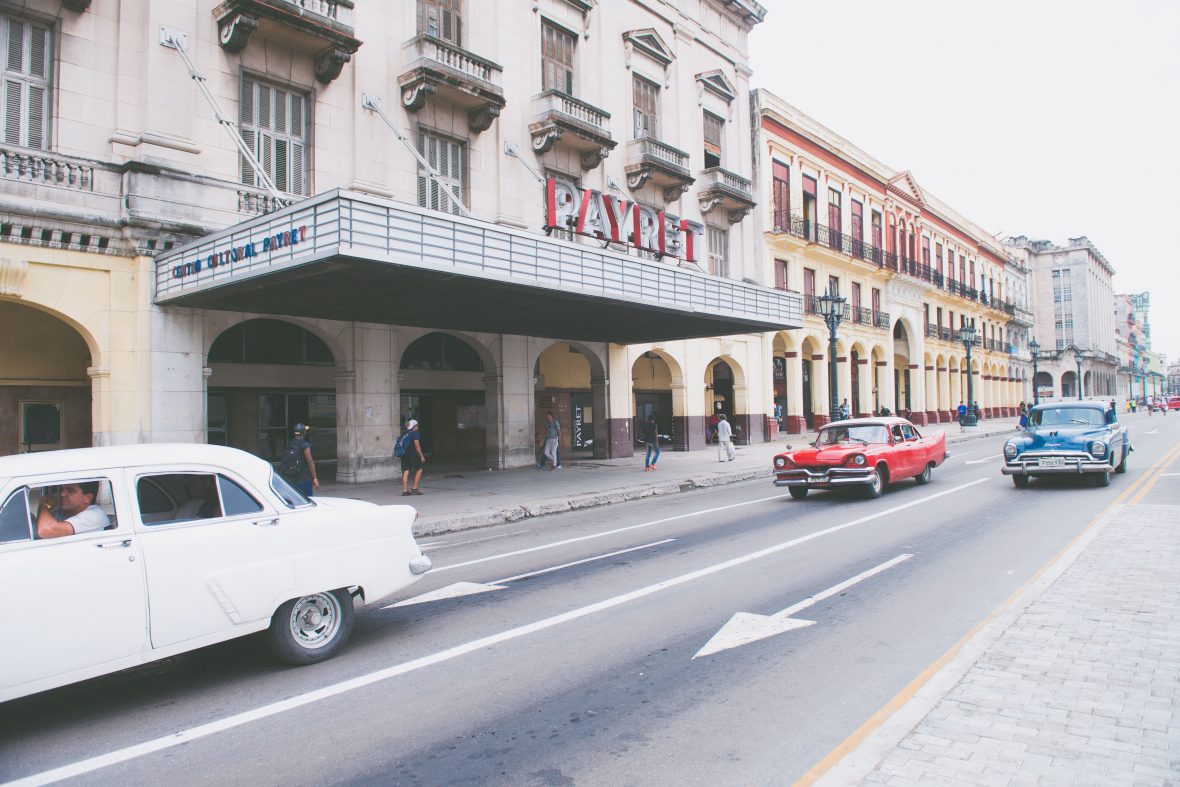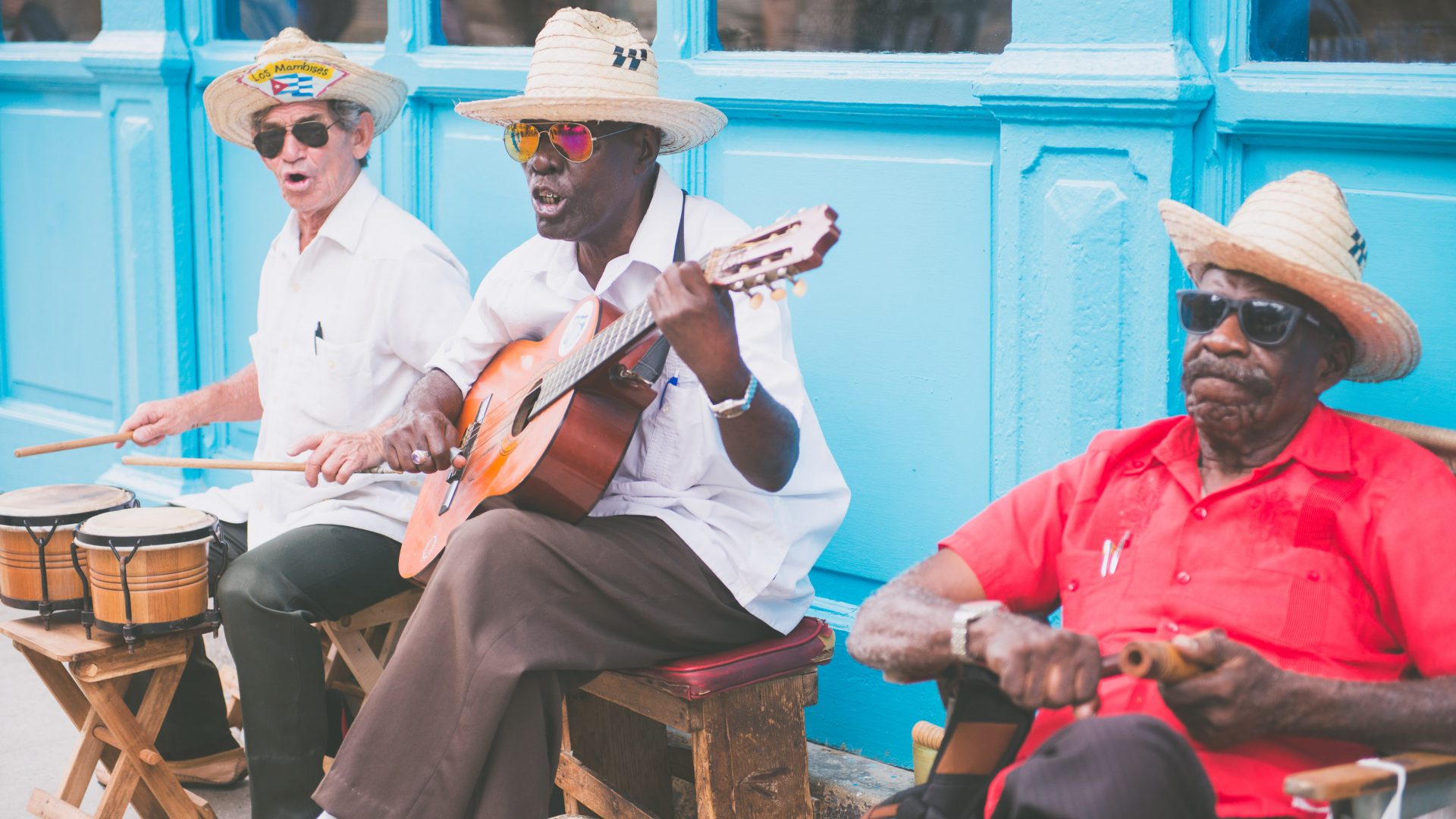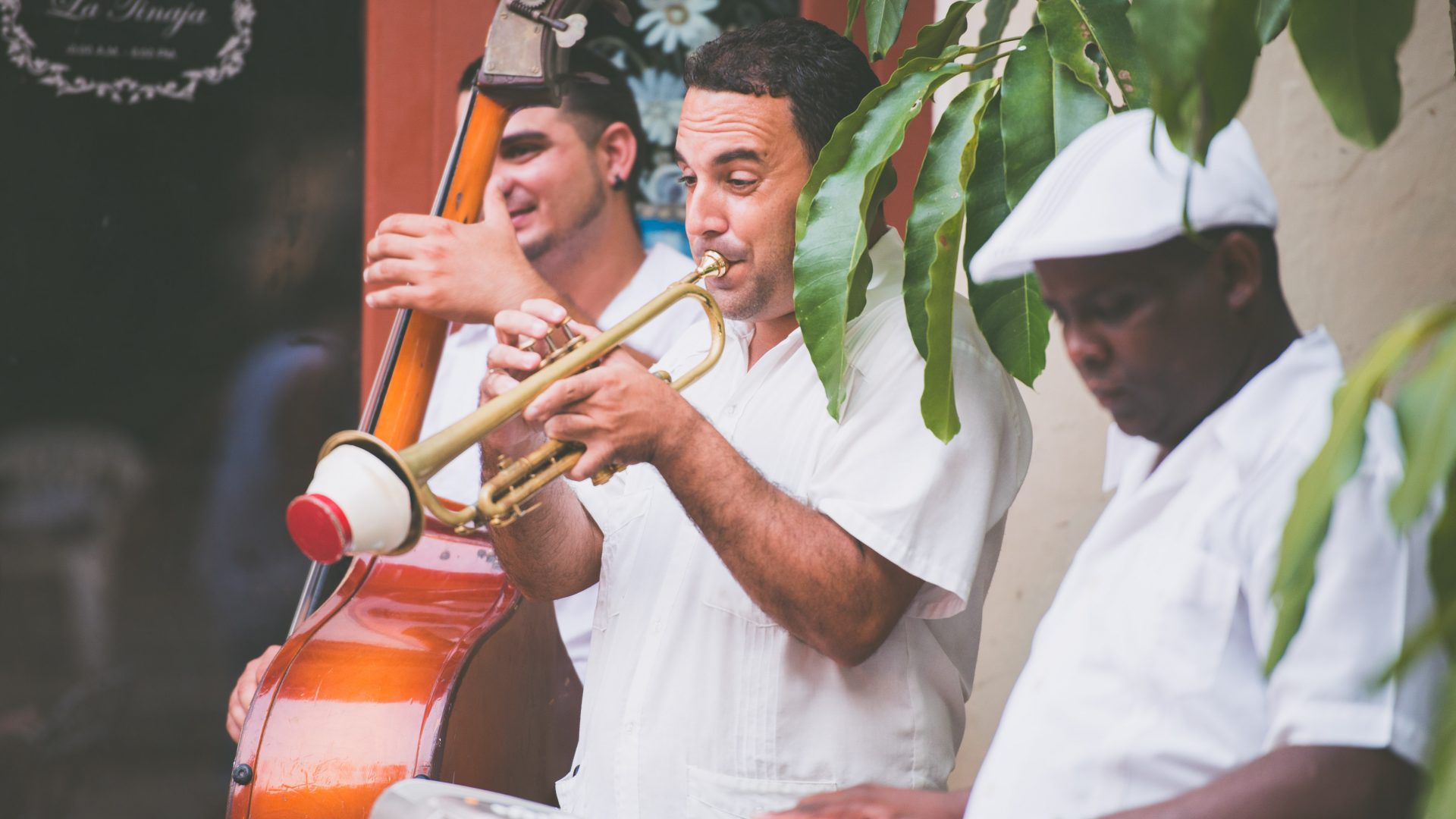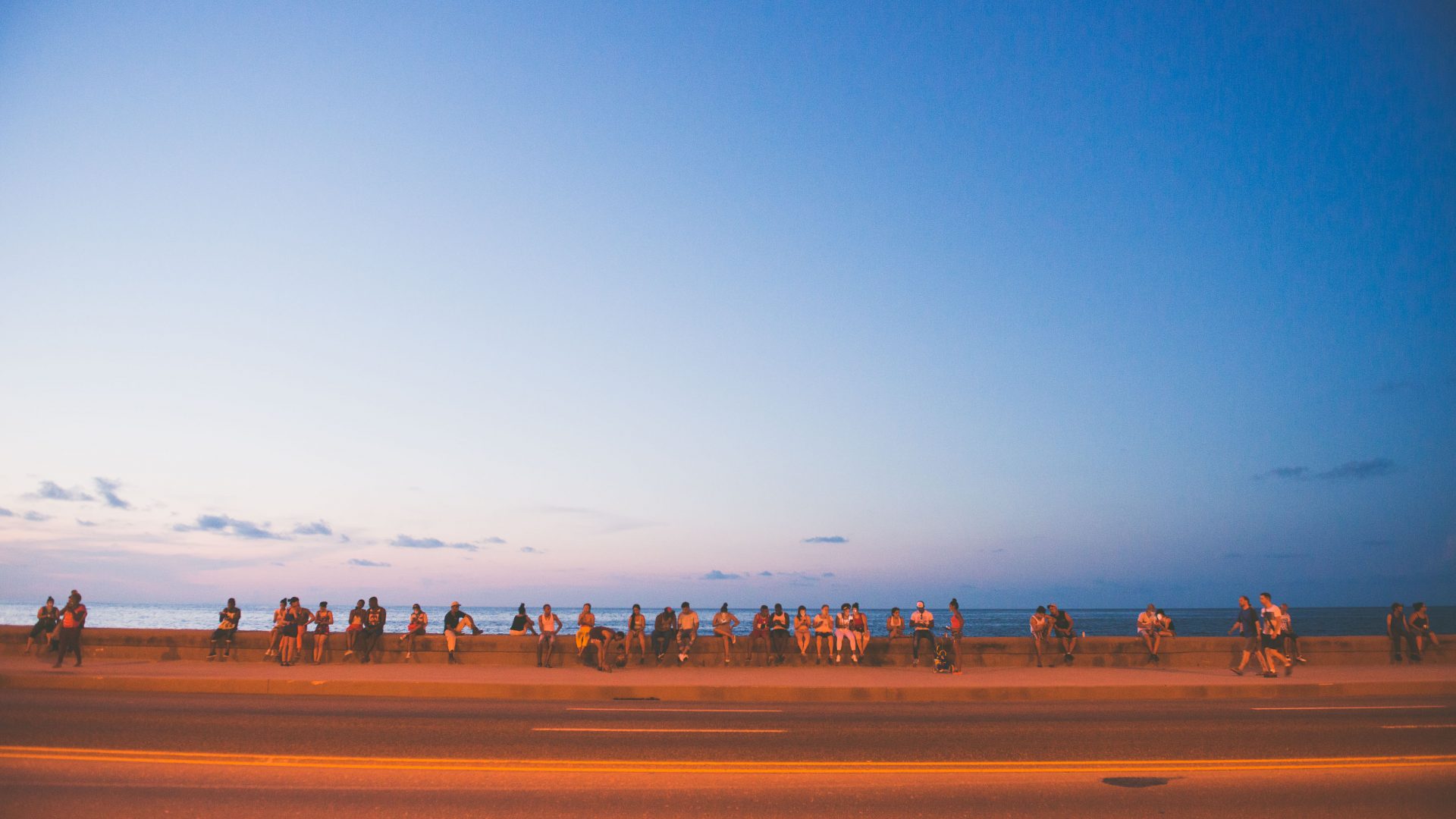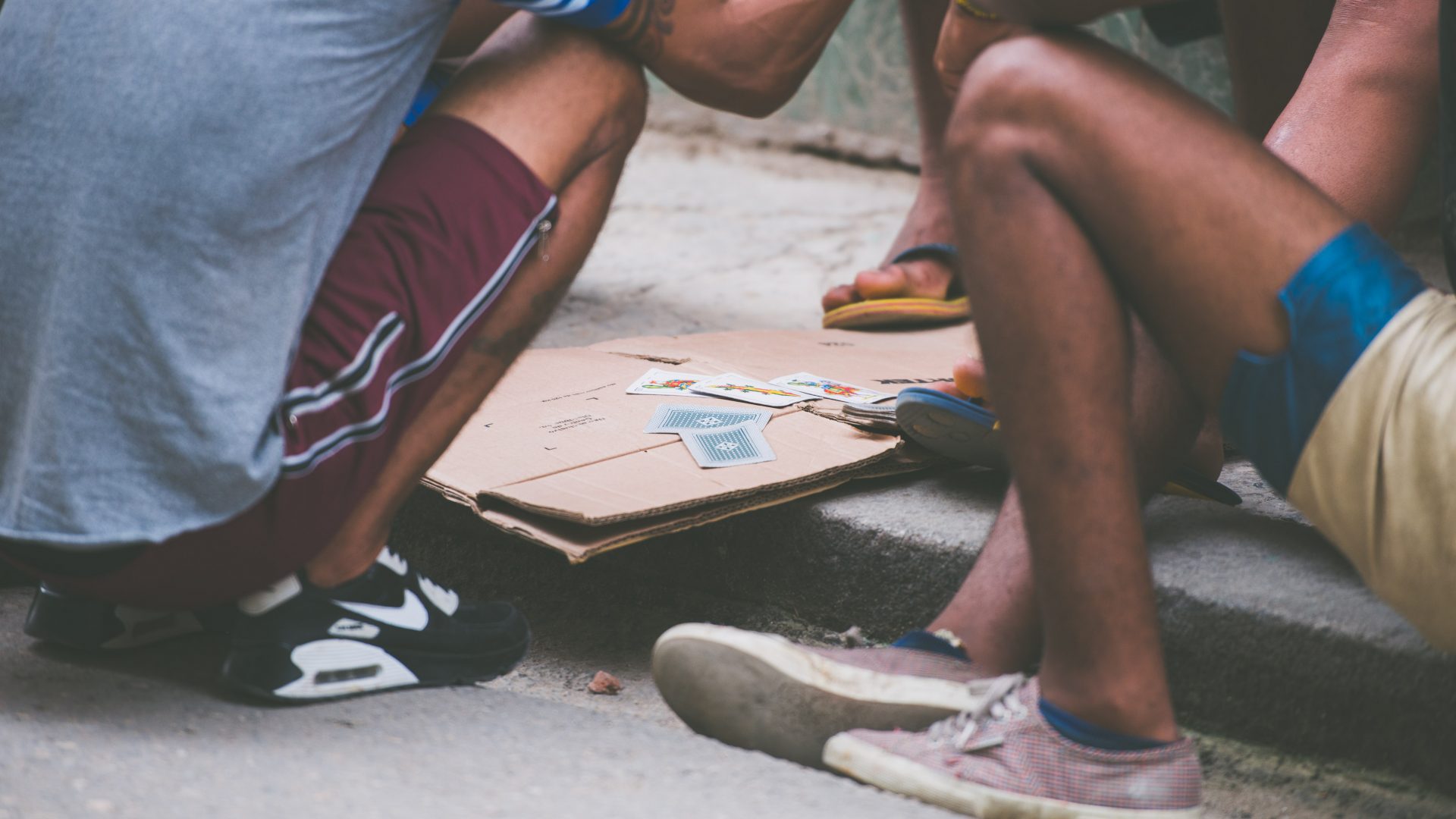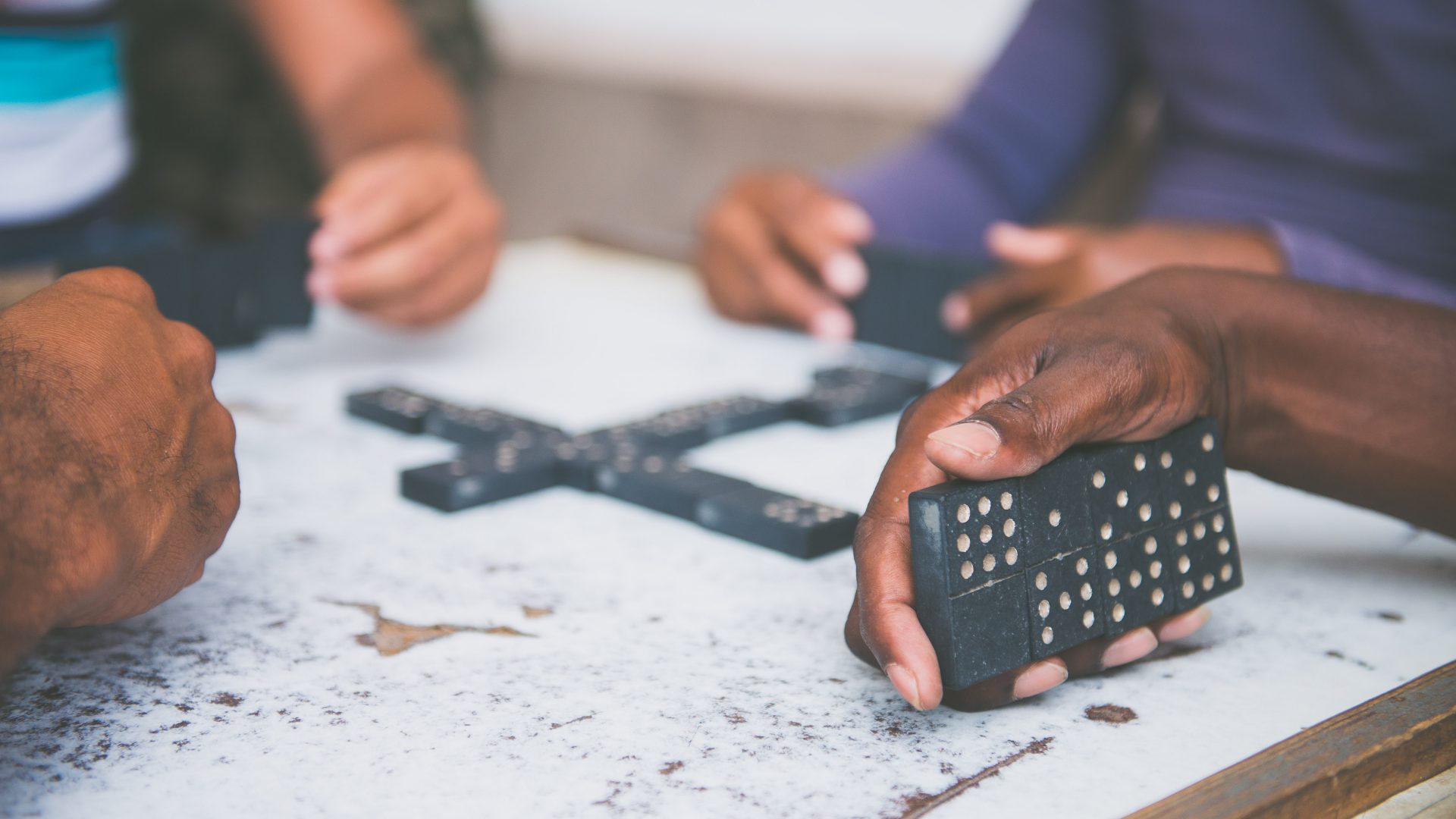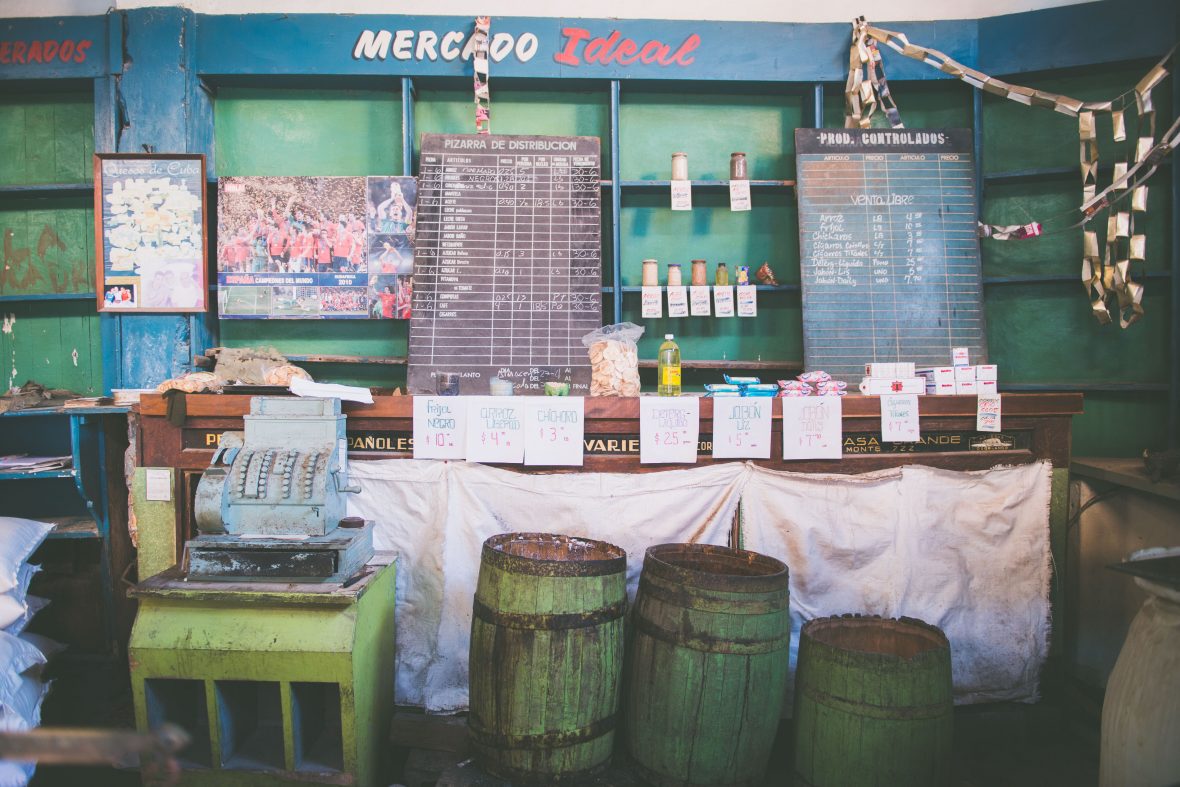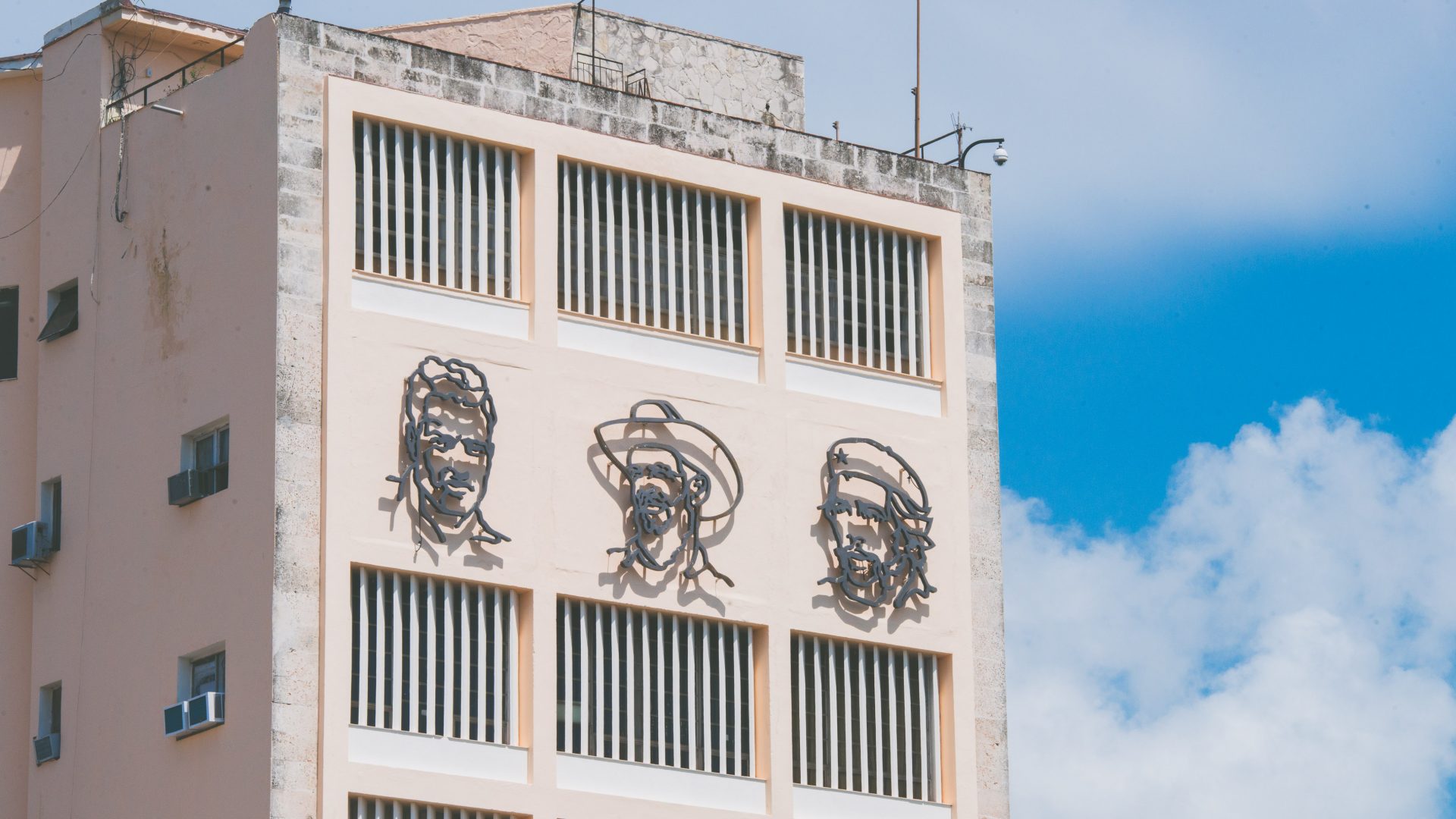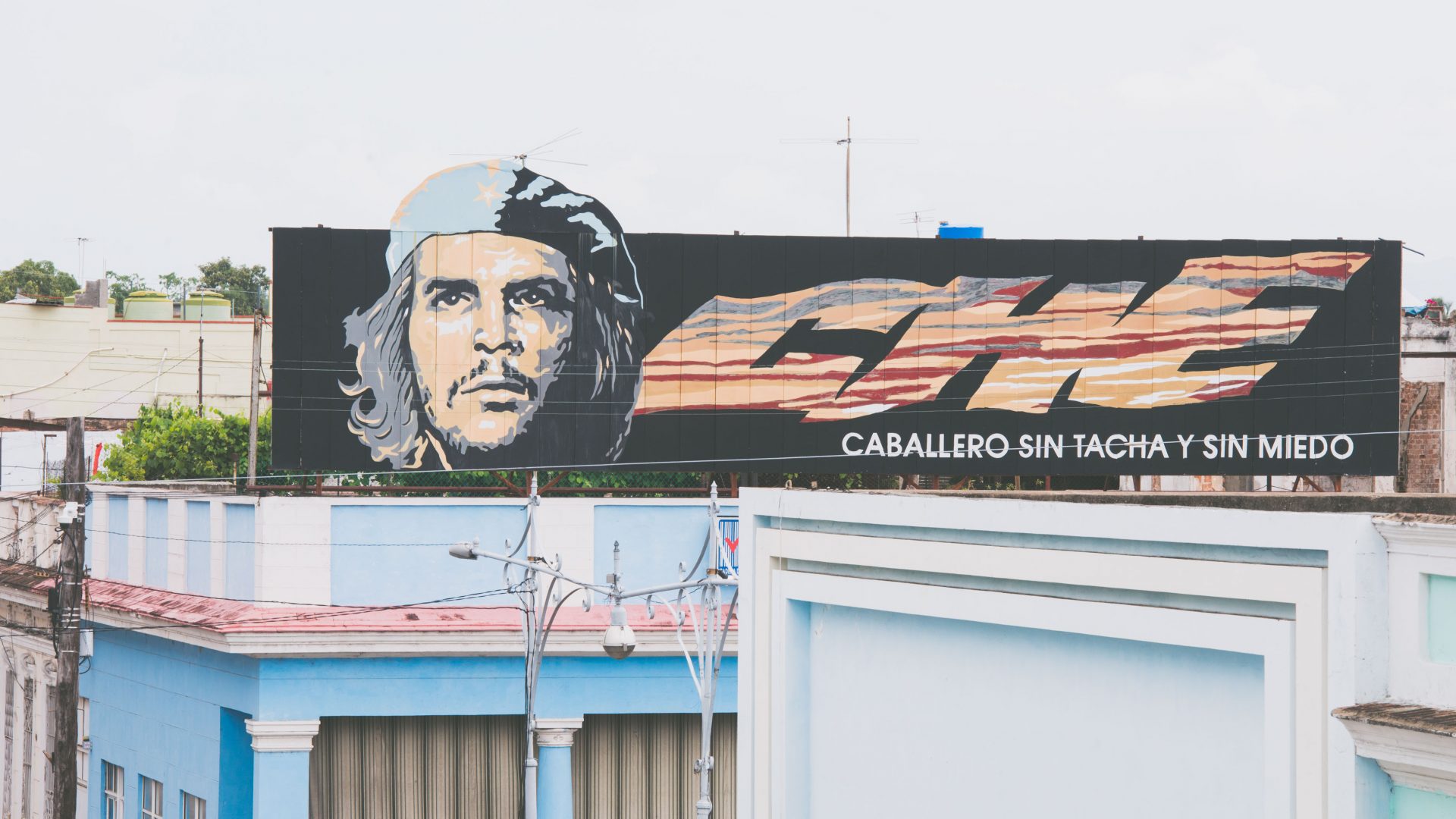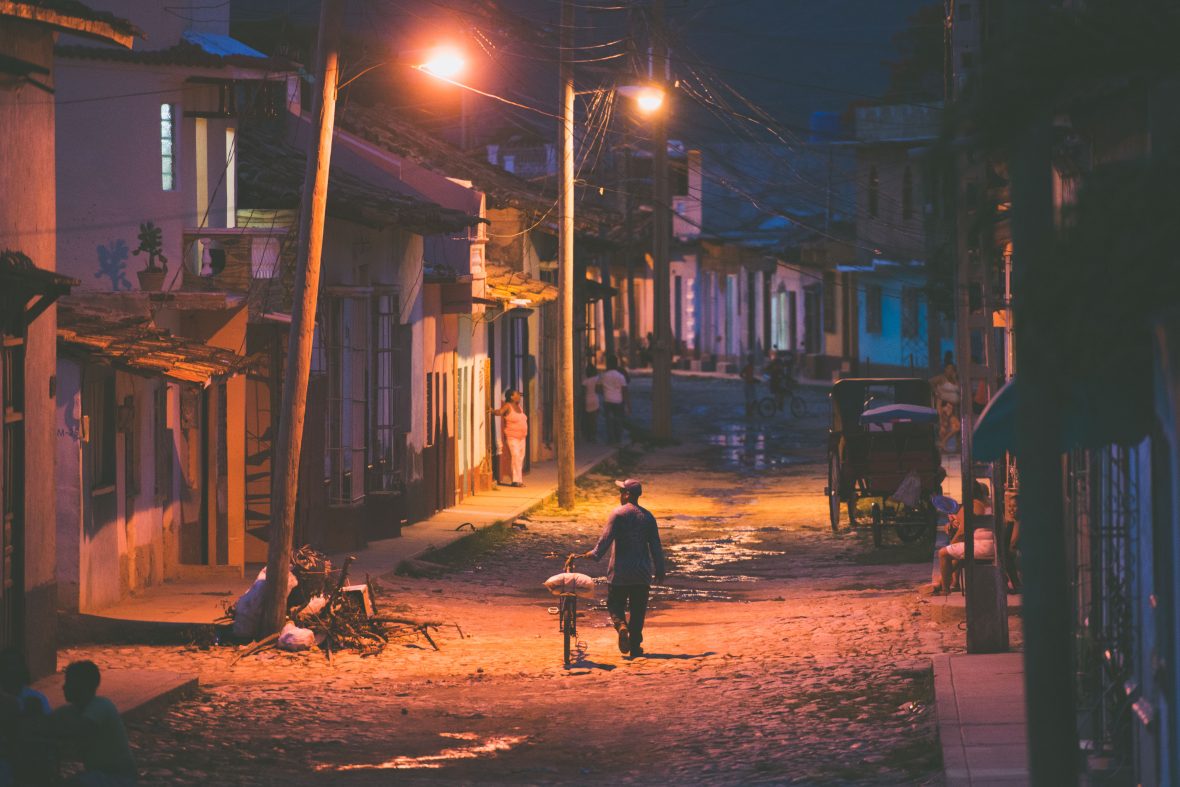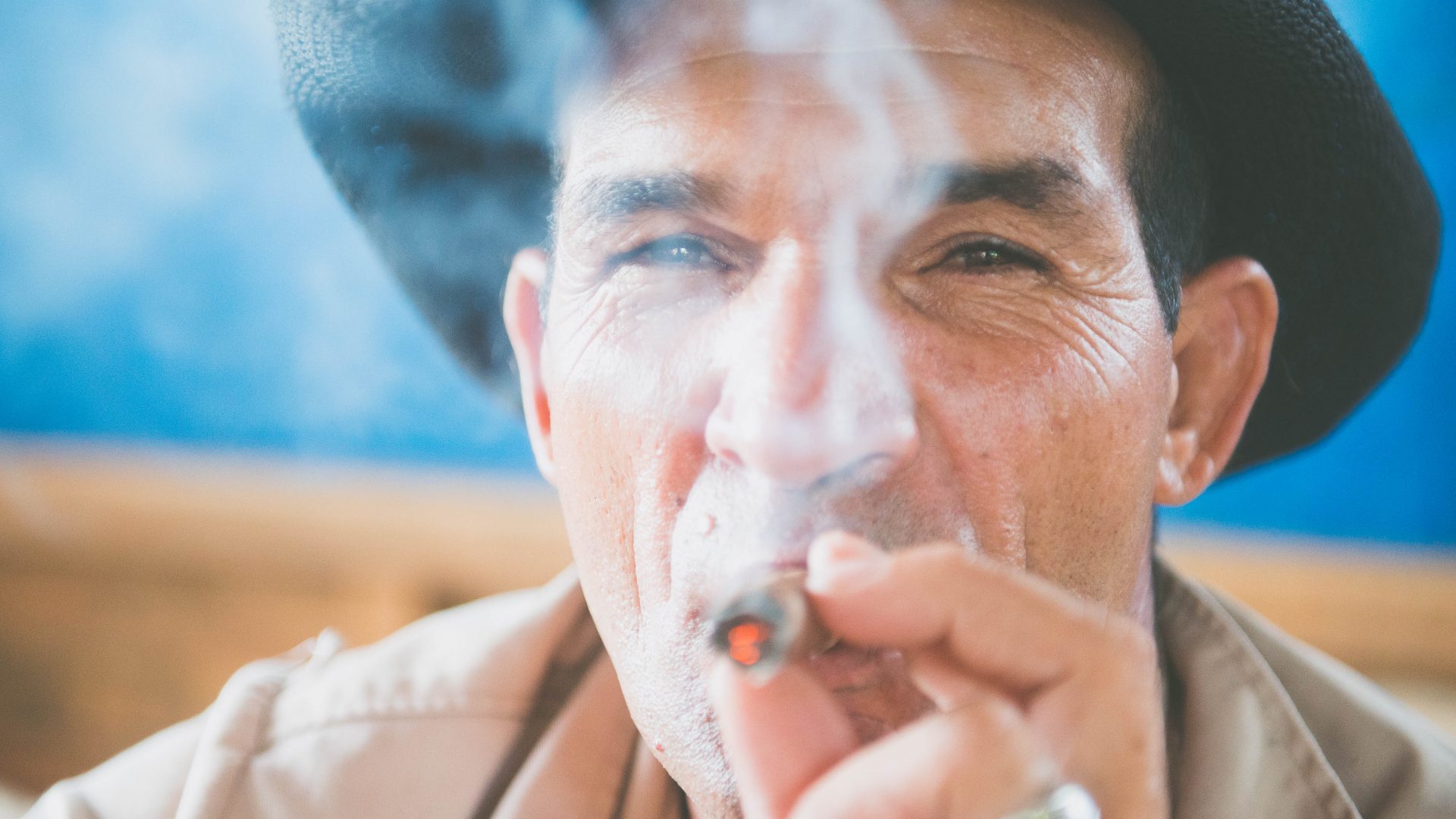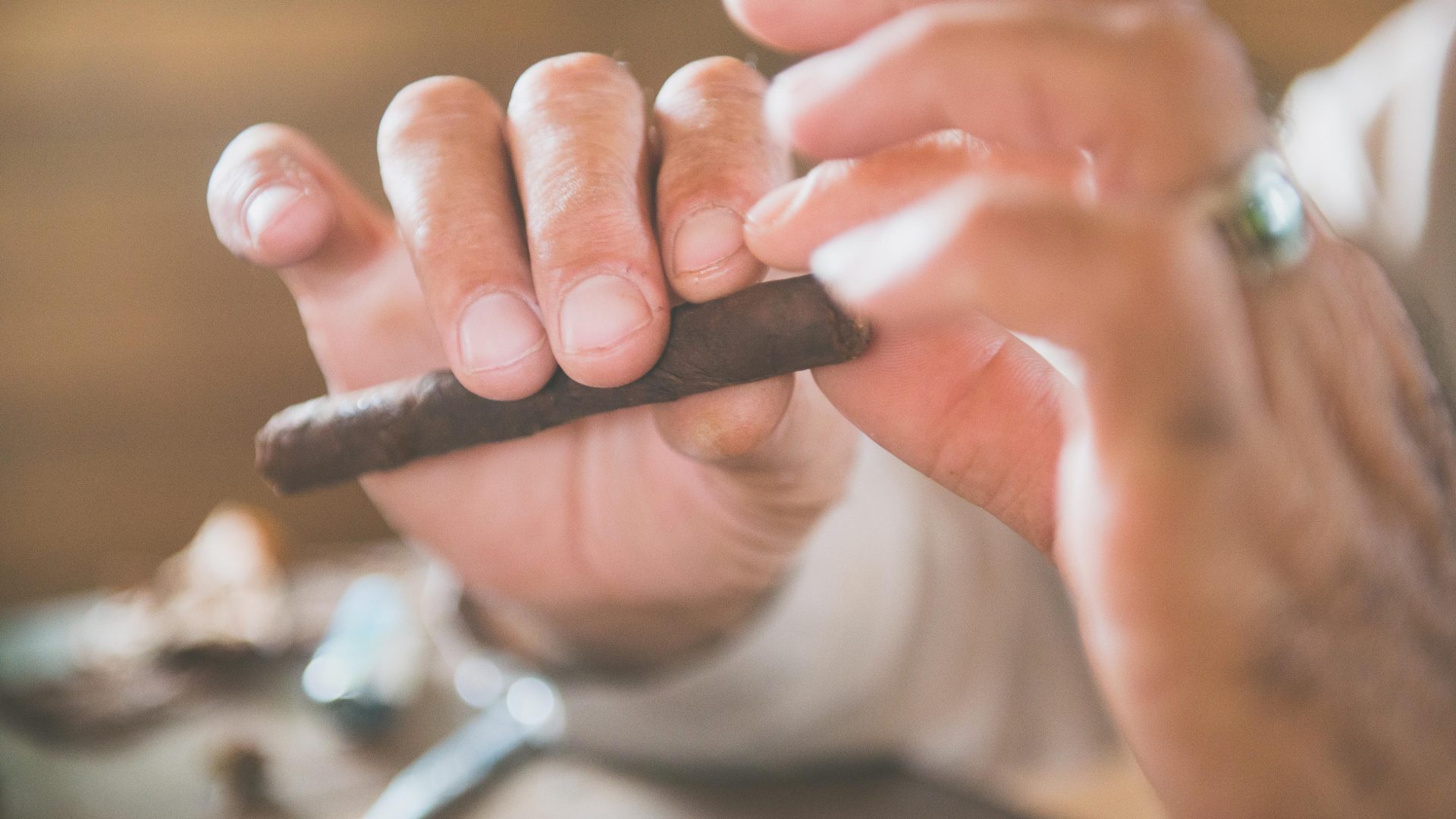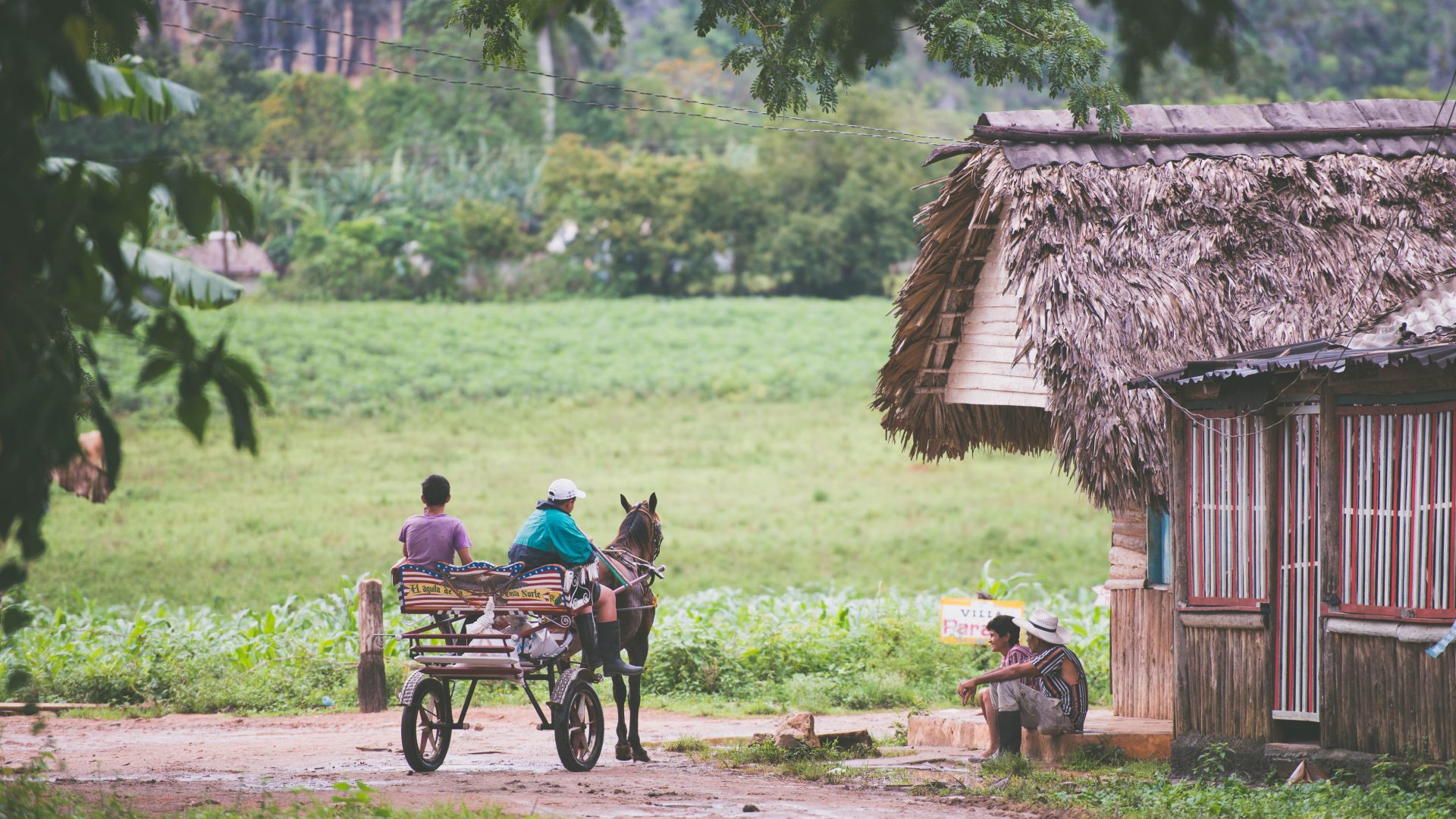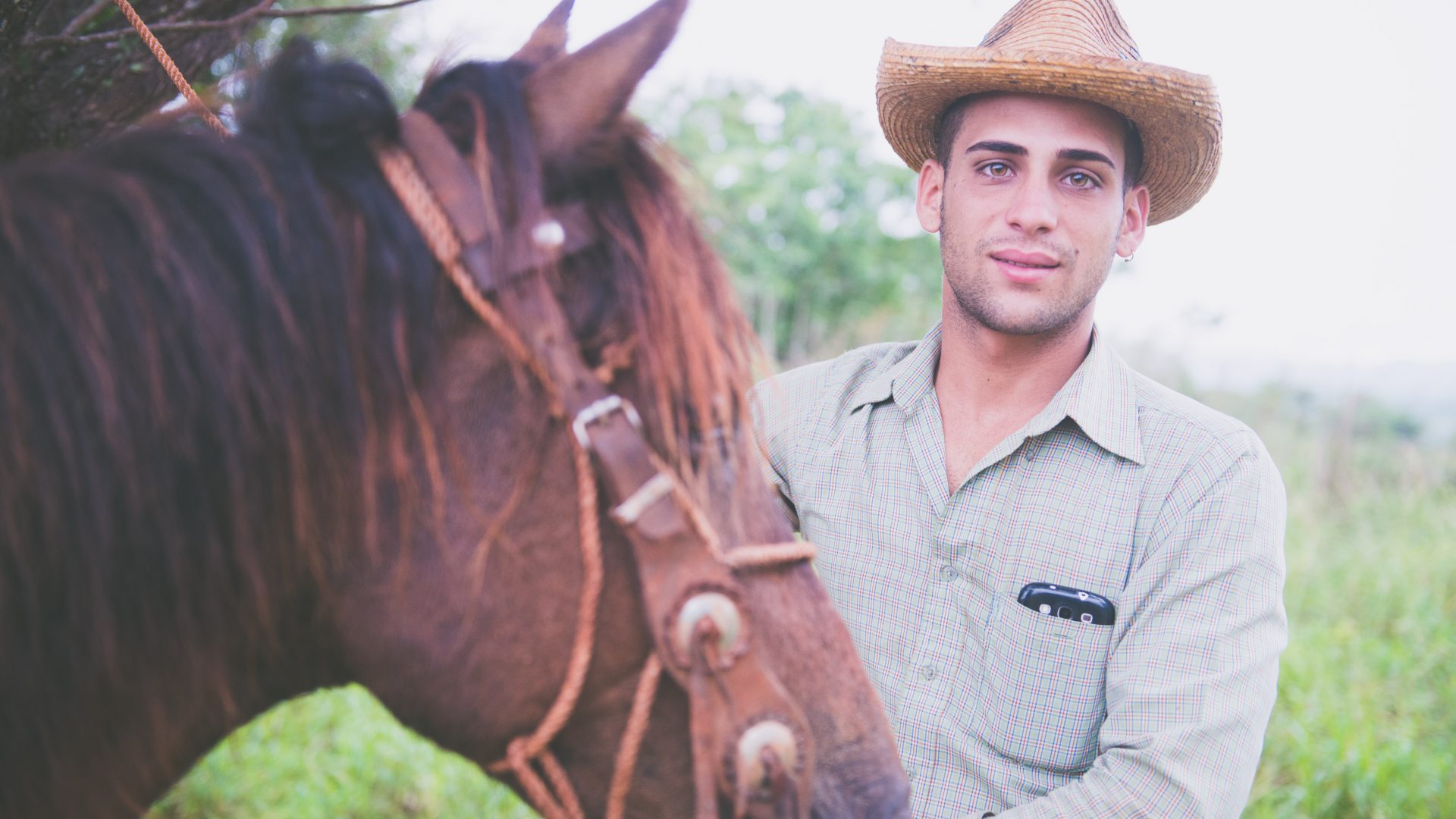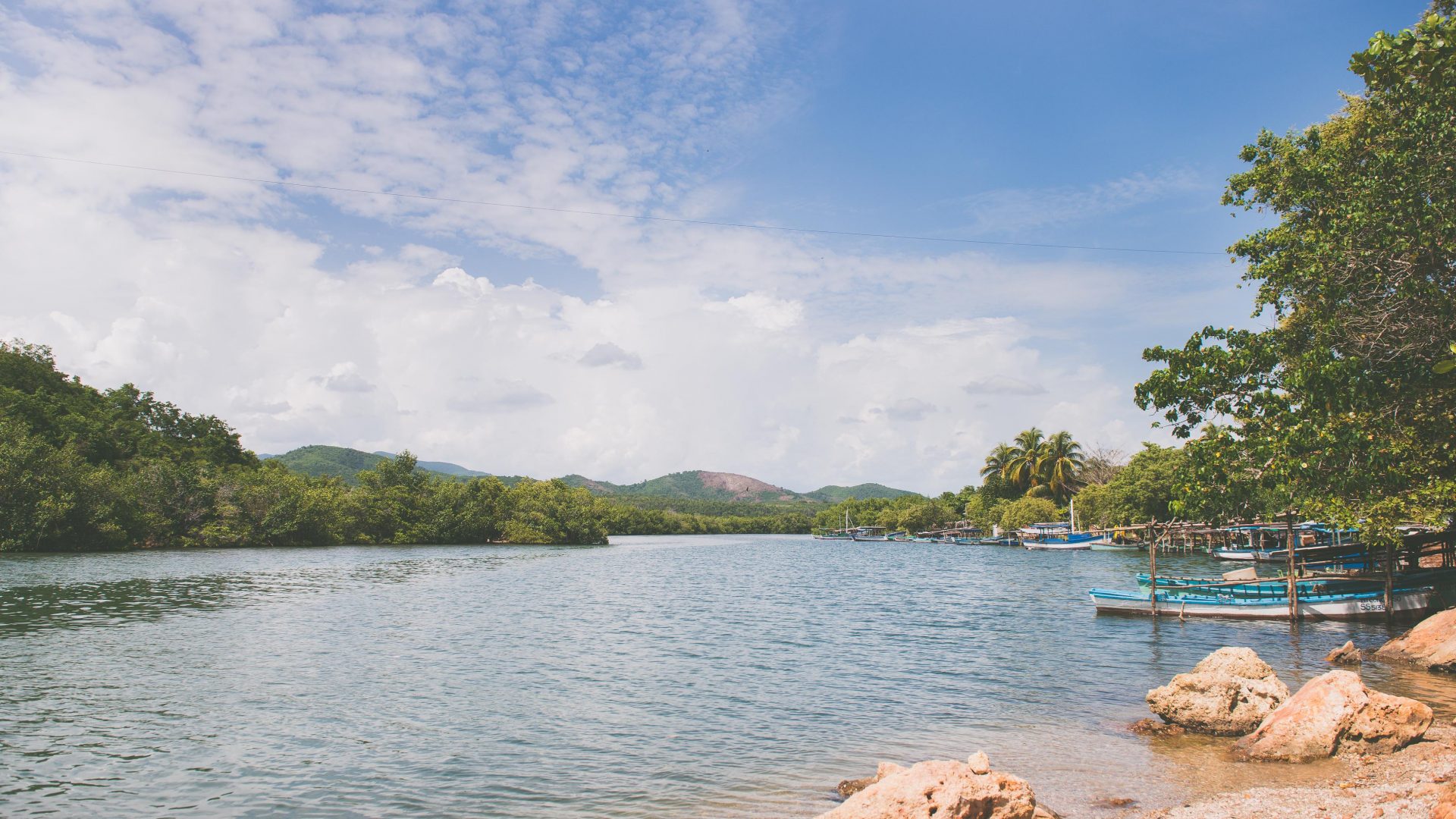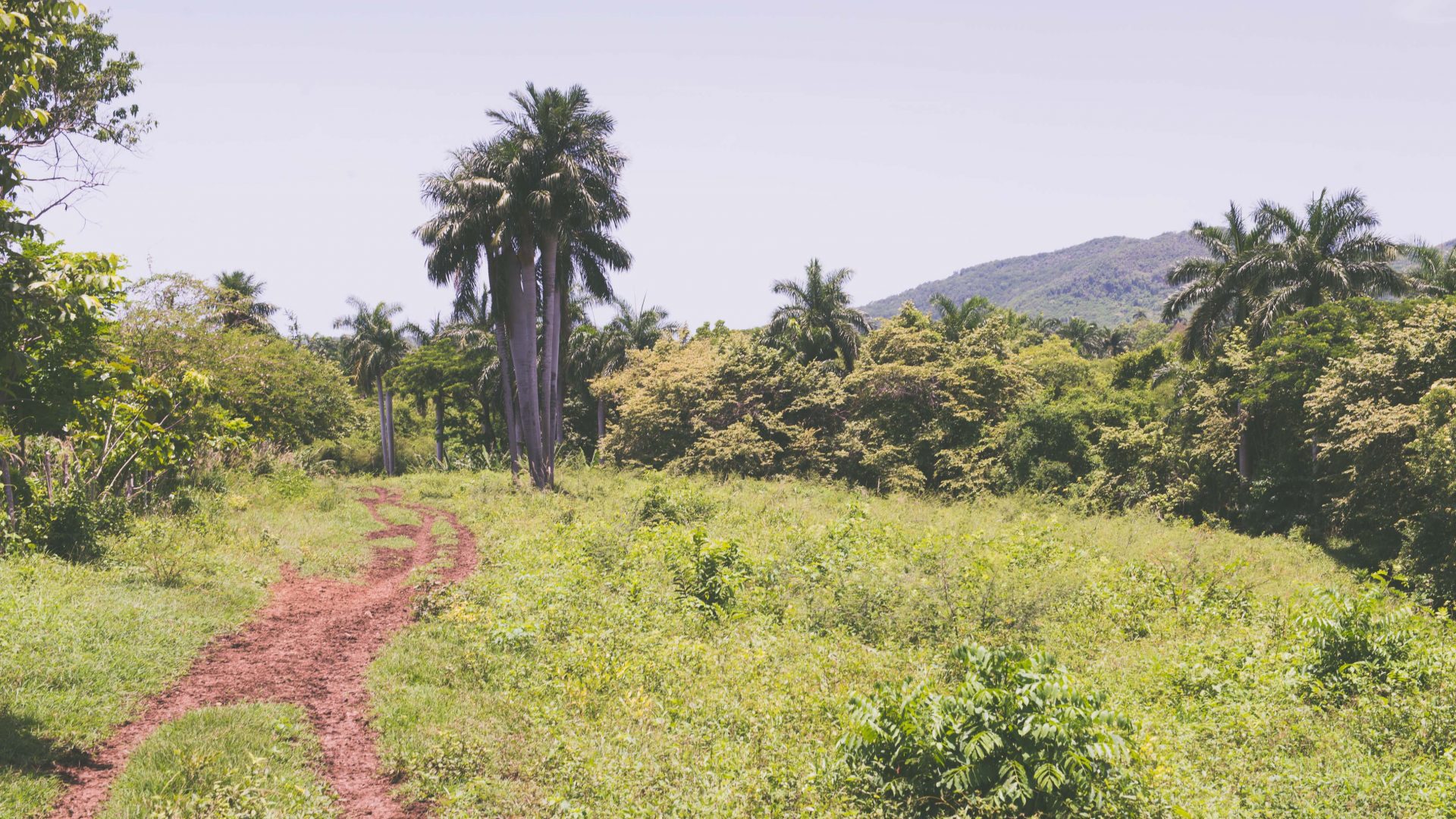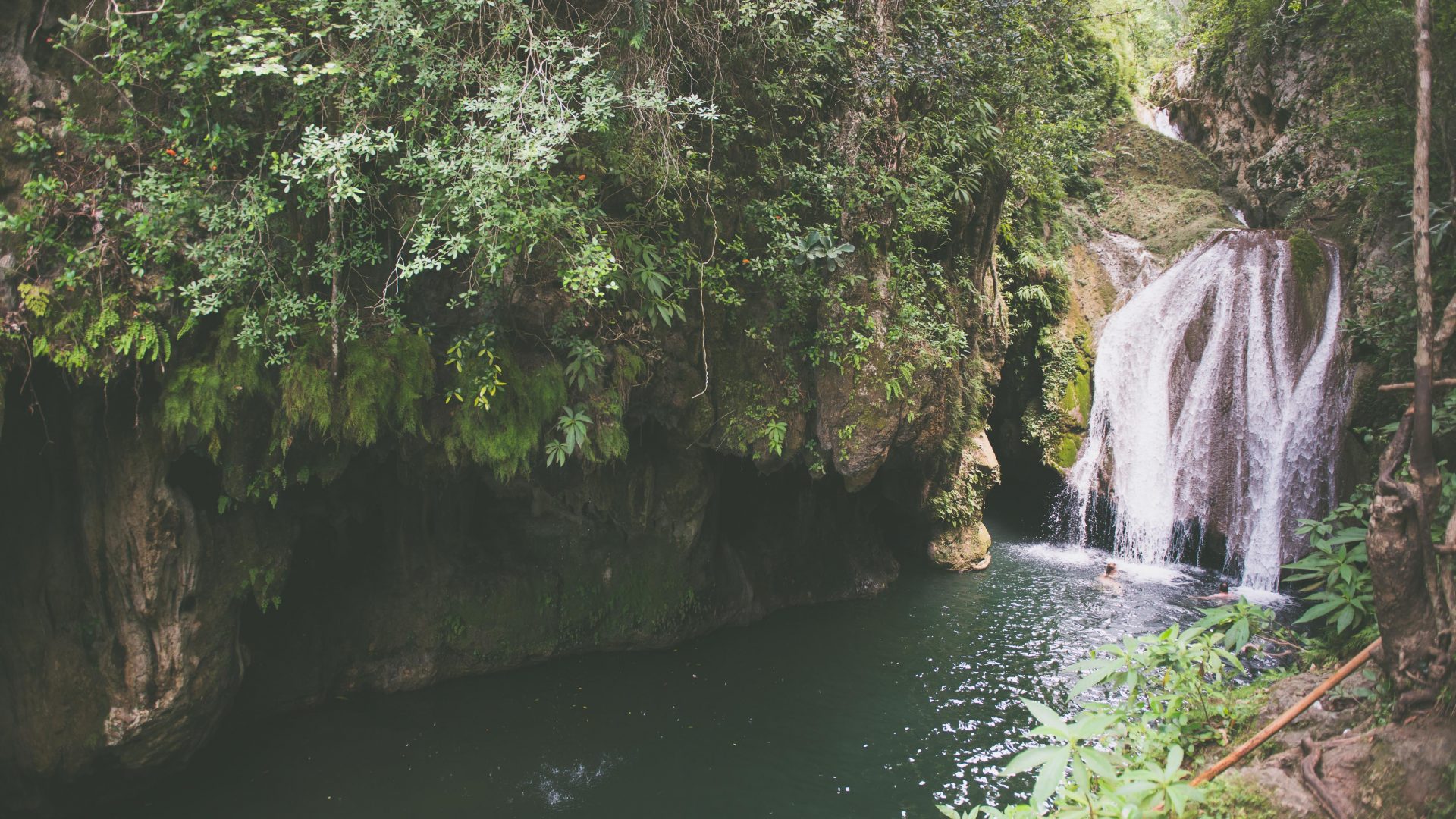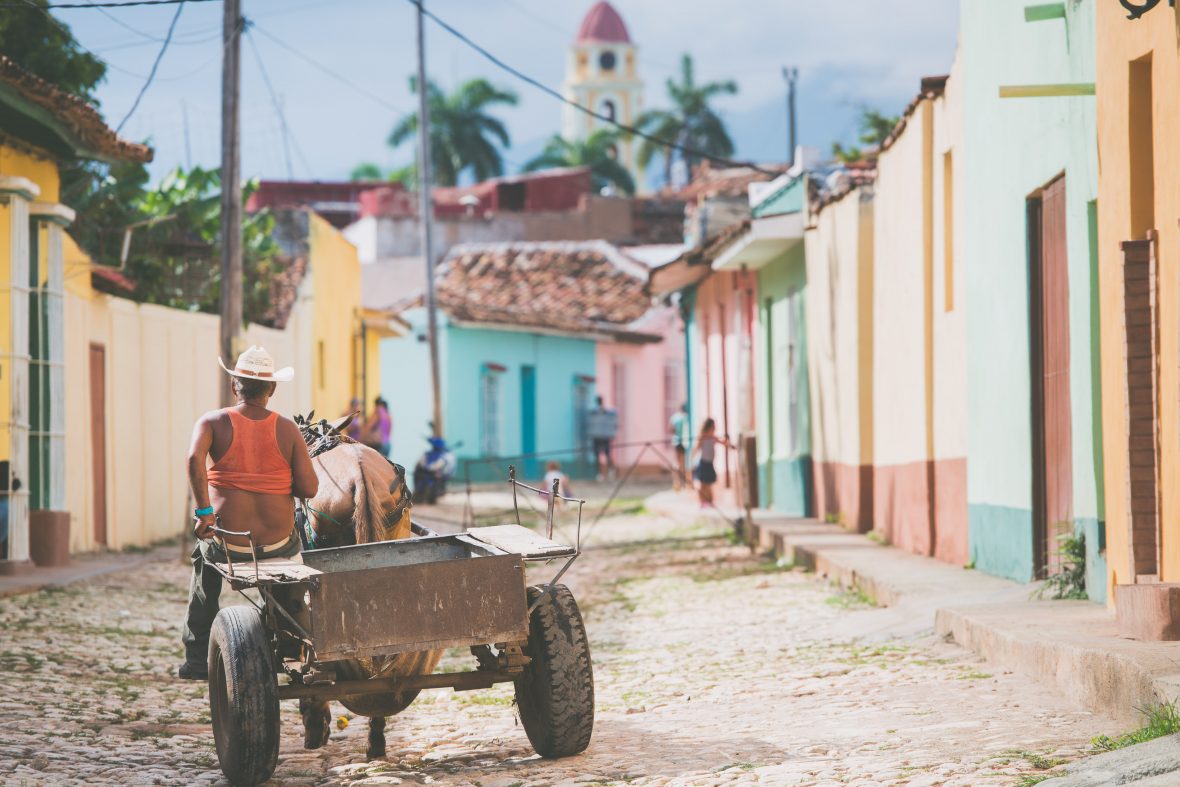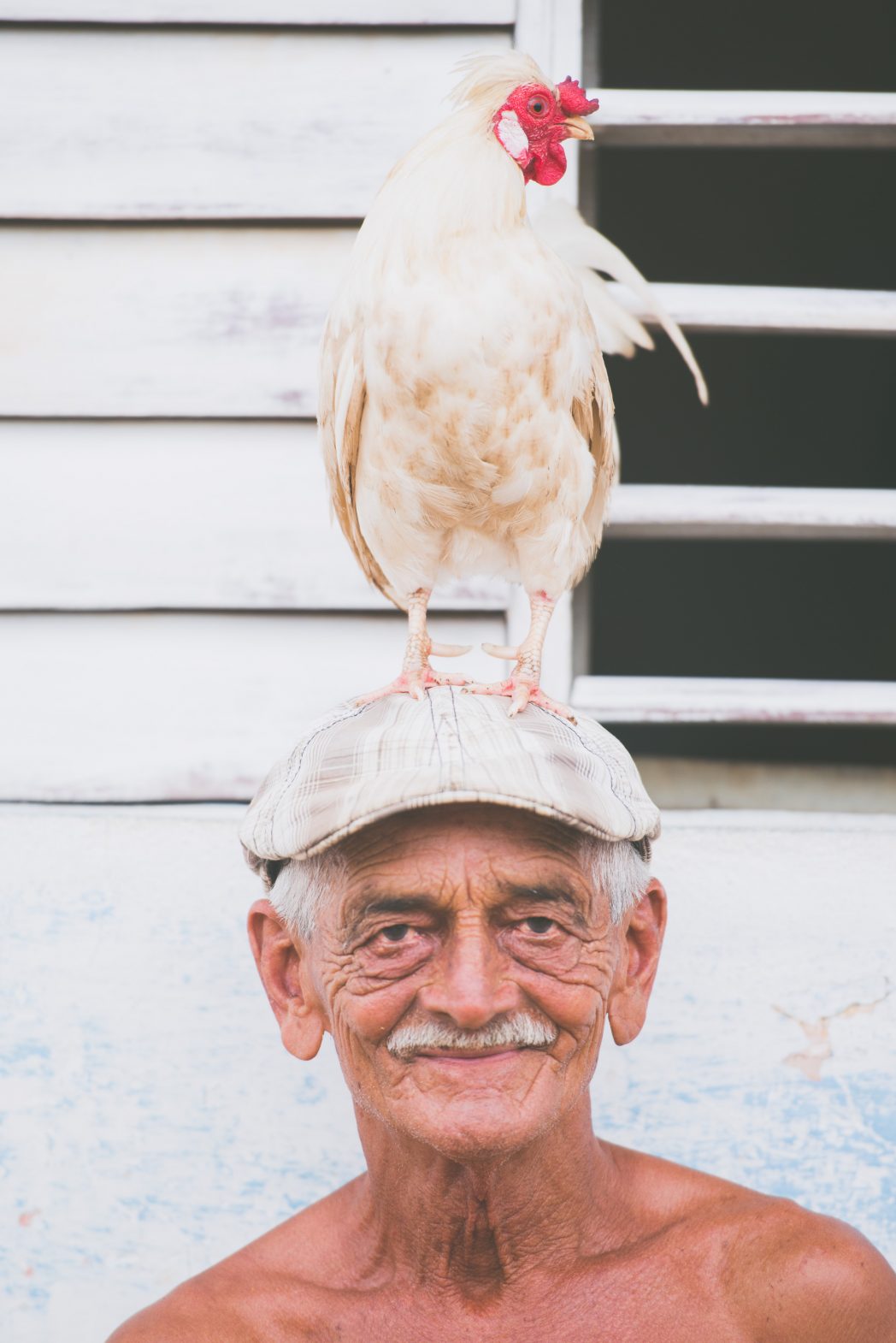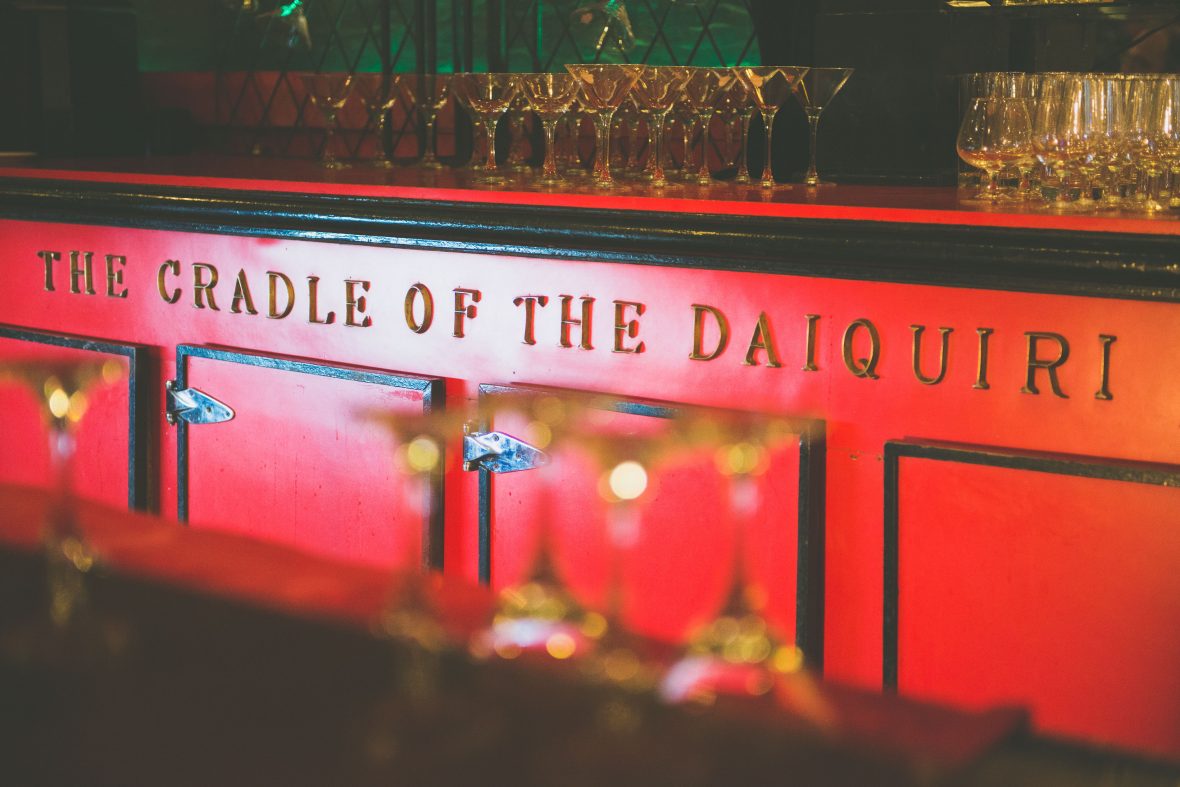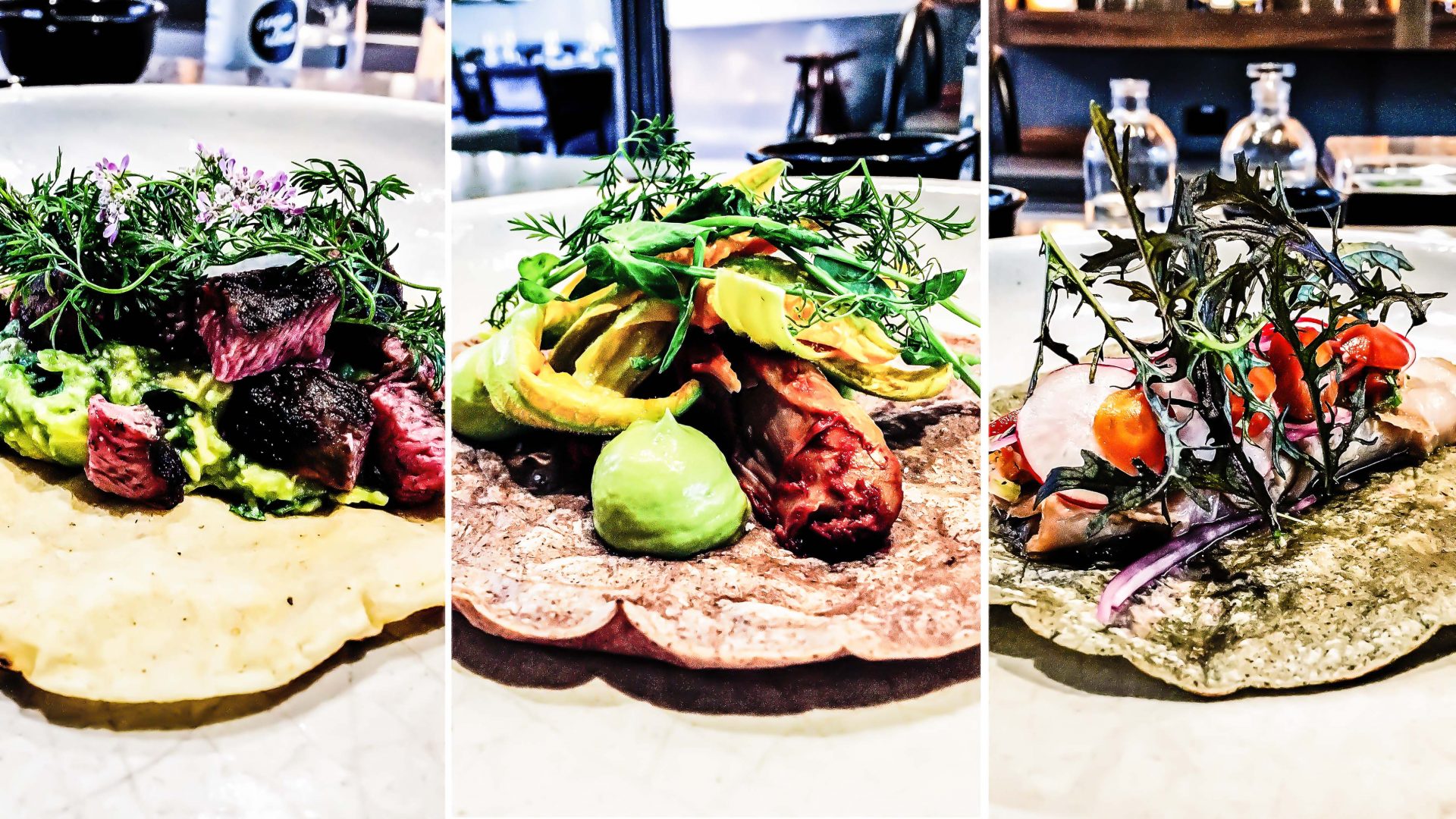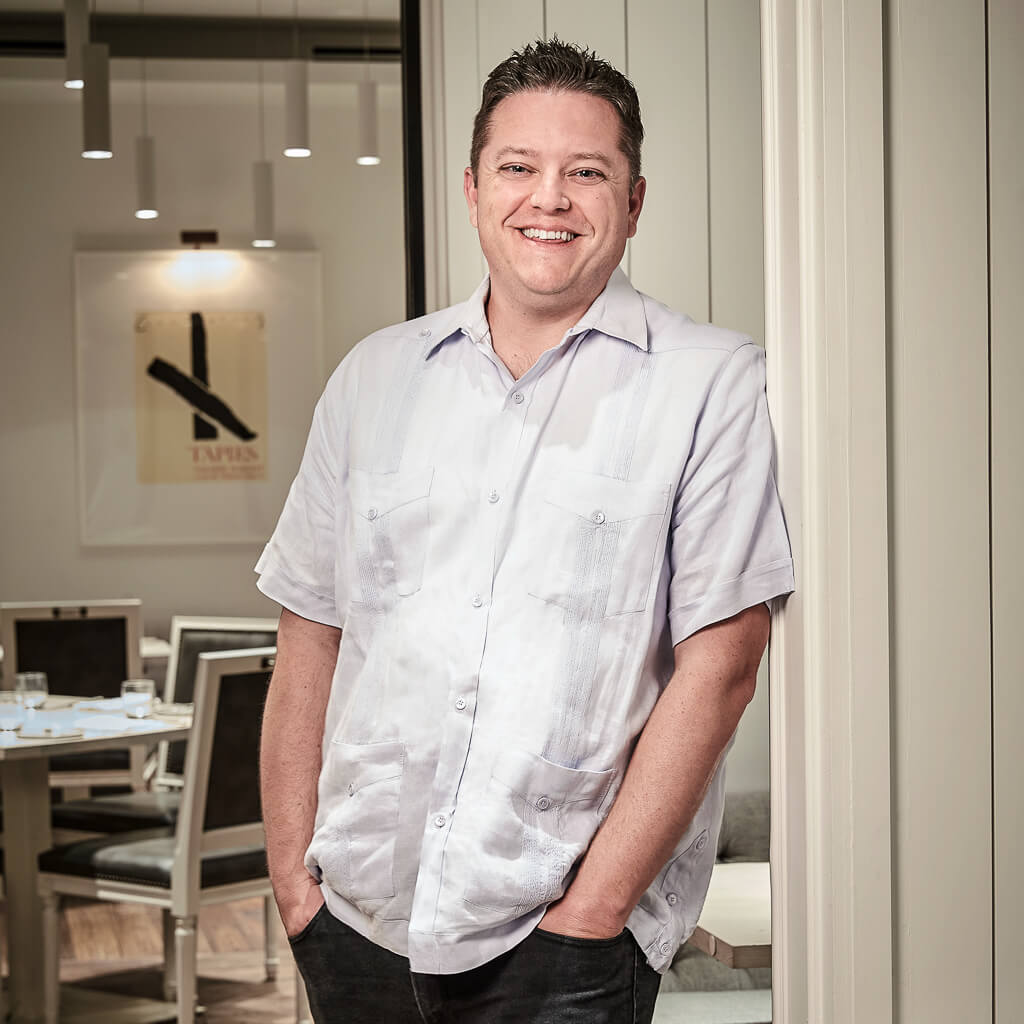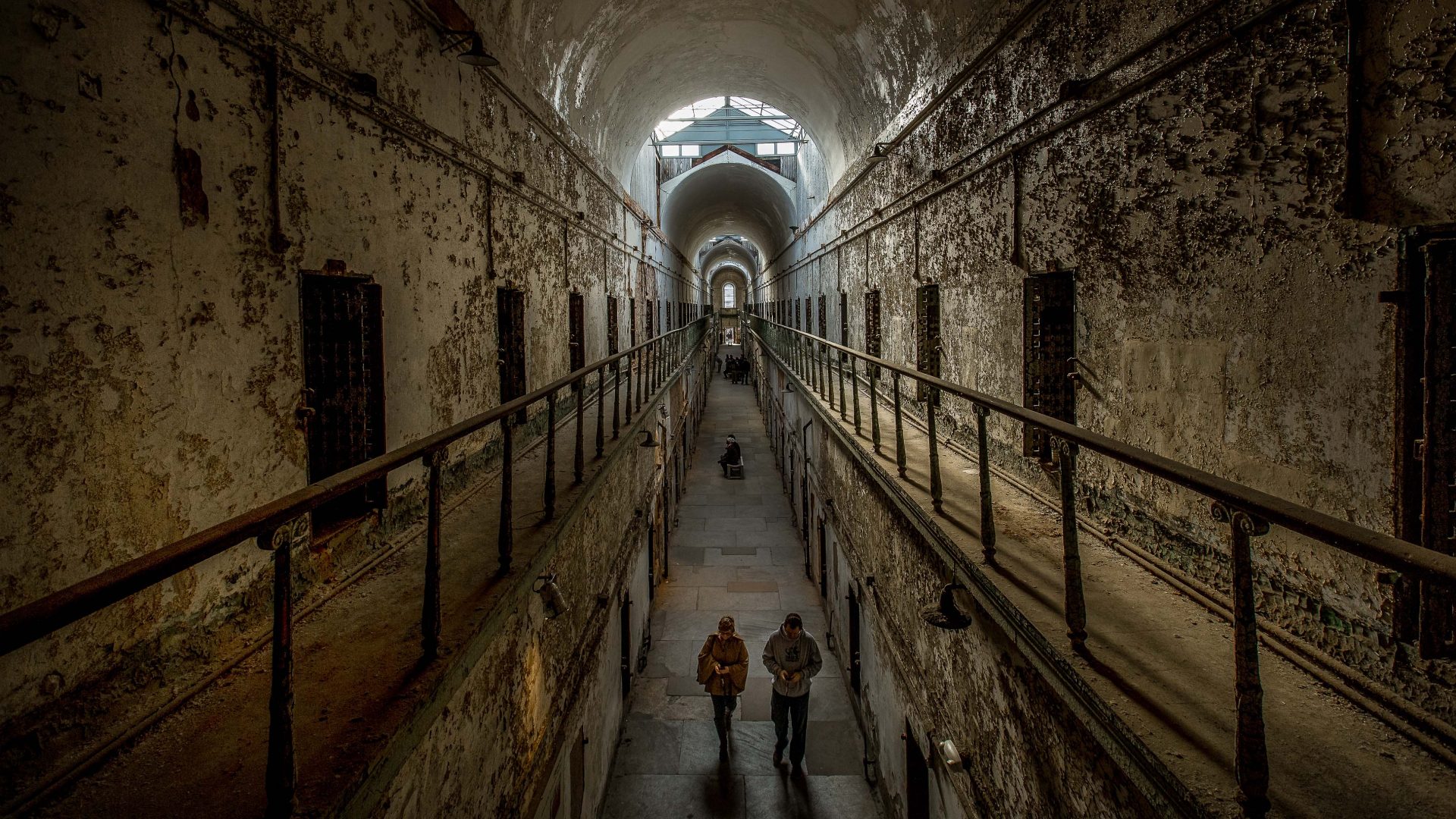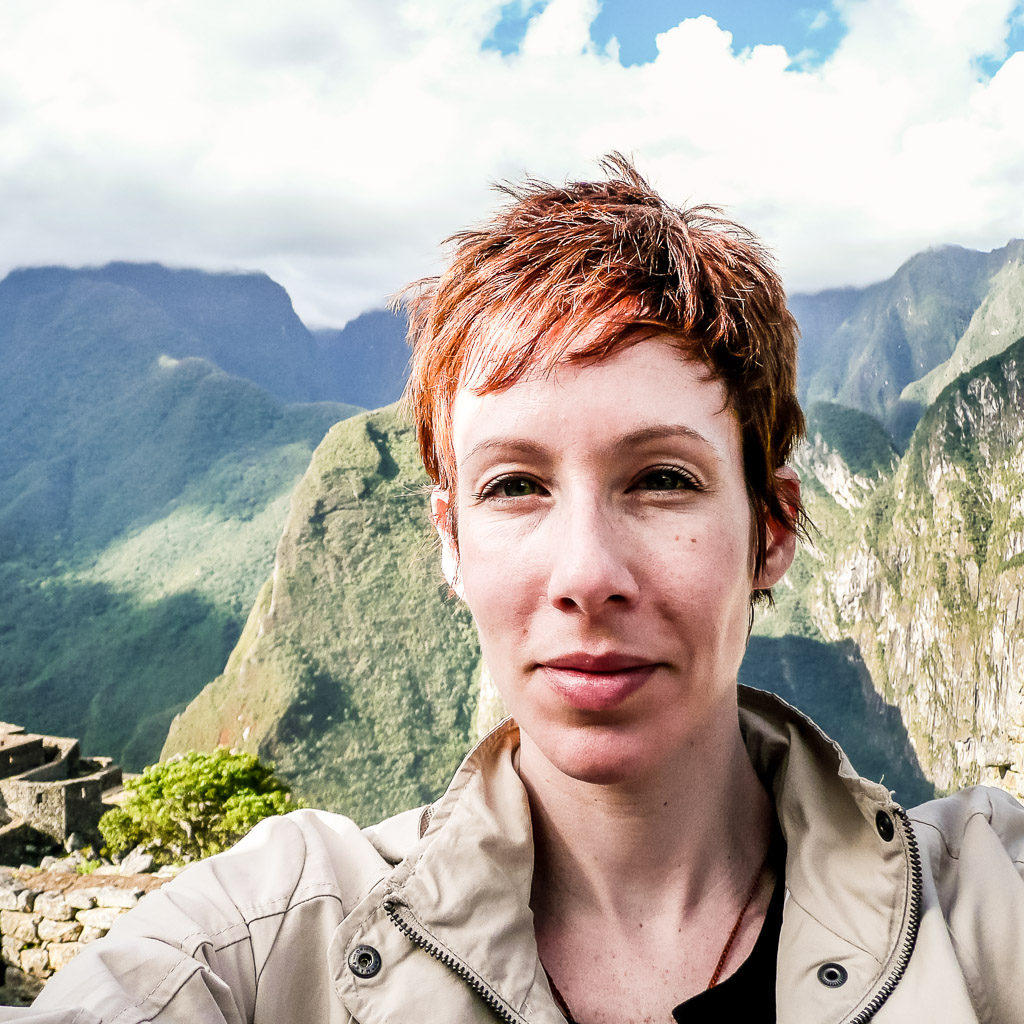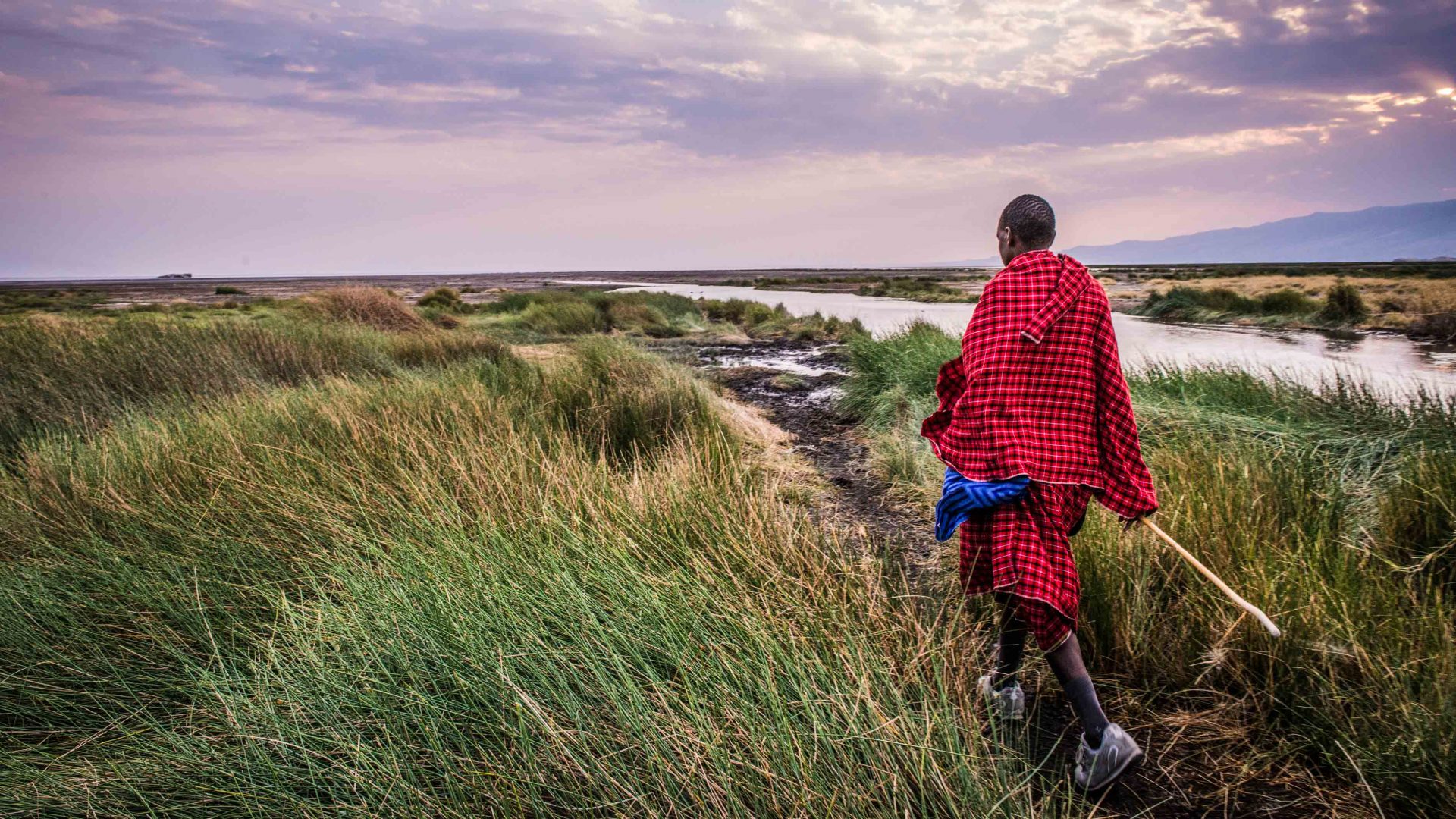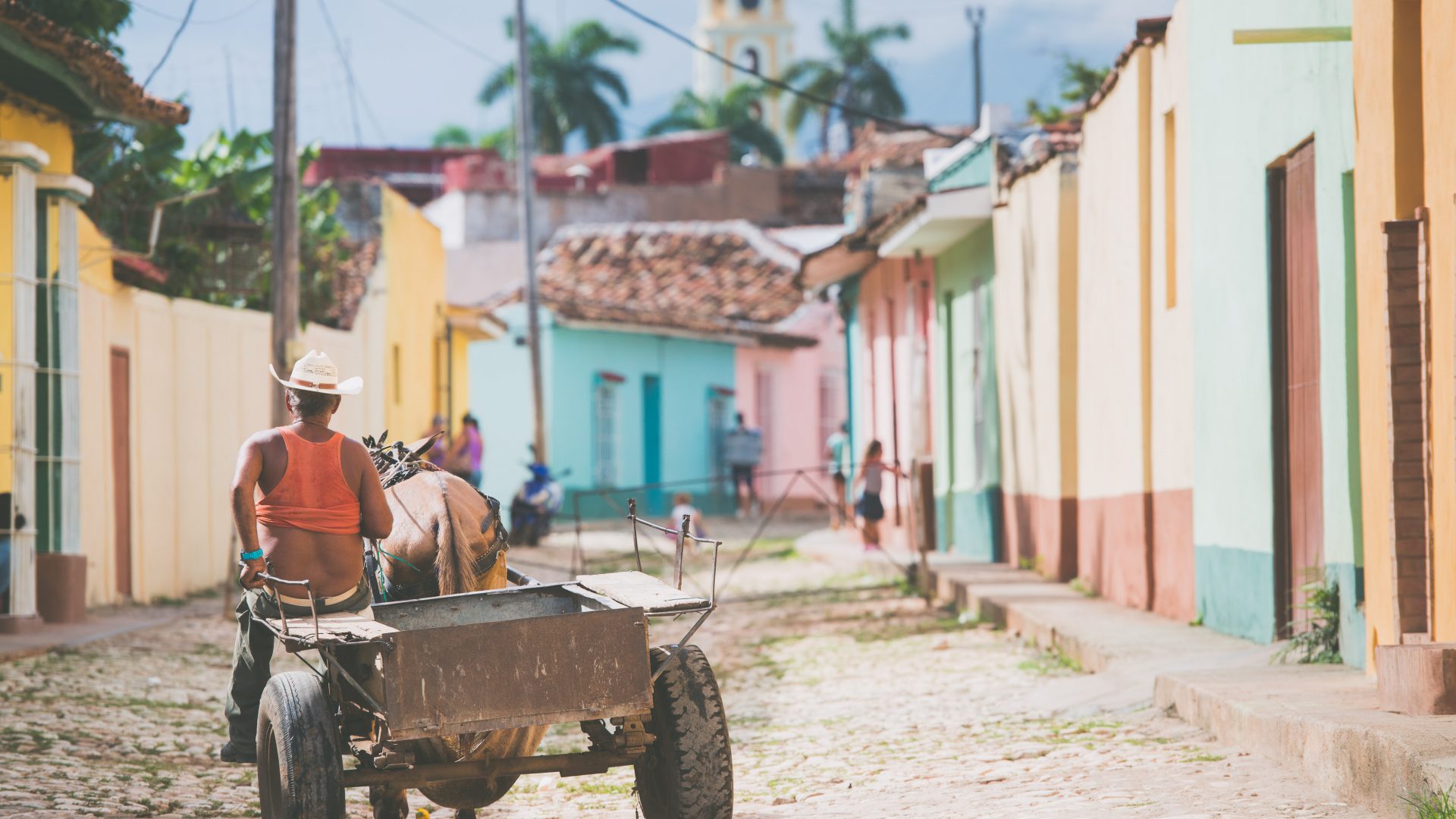
A photographer’s dream, Cuba has long captivated artists, writers and travelers with its vintage cars, cobbled streets and colorful facades. But Cuba isn’t just a pretty face. Social structures, political battles, and Castro’s rule make it fascinating for a thousand other reasons. Photographer Nicola Bailey takes her camera to the streets and beyond.
Like many photographers, I had always wanted to visit Cuba. From what I understood, the drawcards were bountiful, from vibrantly painted houses, crumbling facades and old cars to the people—dancing to music in the streets, riding horses over cobbled paths, mingling together outside in the streets. Whether you’re into architecture, portraits, street photography, landscapes or the details of life, Cuba, I was told, was a photographer’s dream.
With that all said, I was also acutely aware that life isn’t a bed of roses for the people living there and that for every crumbling building we get excited about, a family is living inside in less than ideal circumstances, often with few economic opportunities, and sometimes hungry.
Despite not being American myself, given I was visiting from my home in the United States, I also wondered what, if any, impact the past 50 odd years of strained diplomatic relations would have on people’s attitudes toward me. As such, it was with trepidation mixed in with excitement that I visited in 2016, just a matter of months before Fidel Castro’s death.
